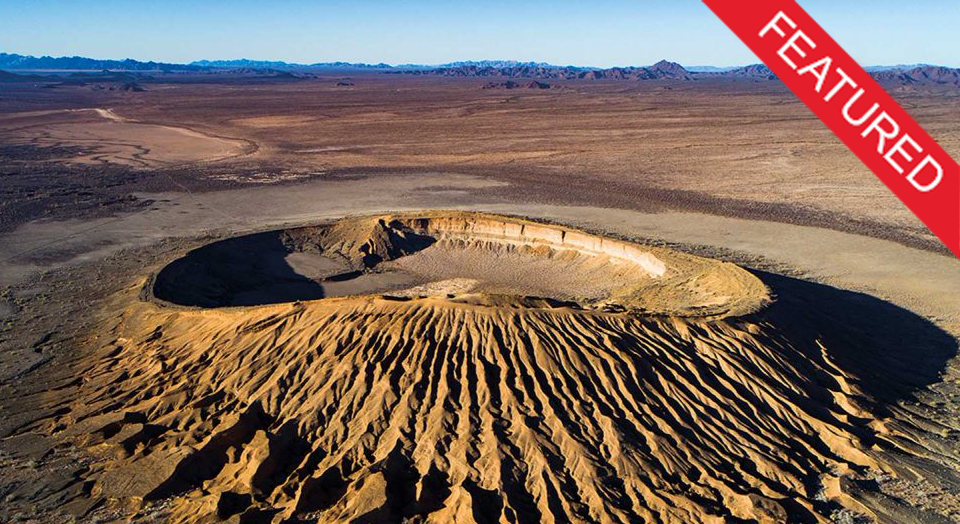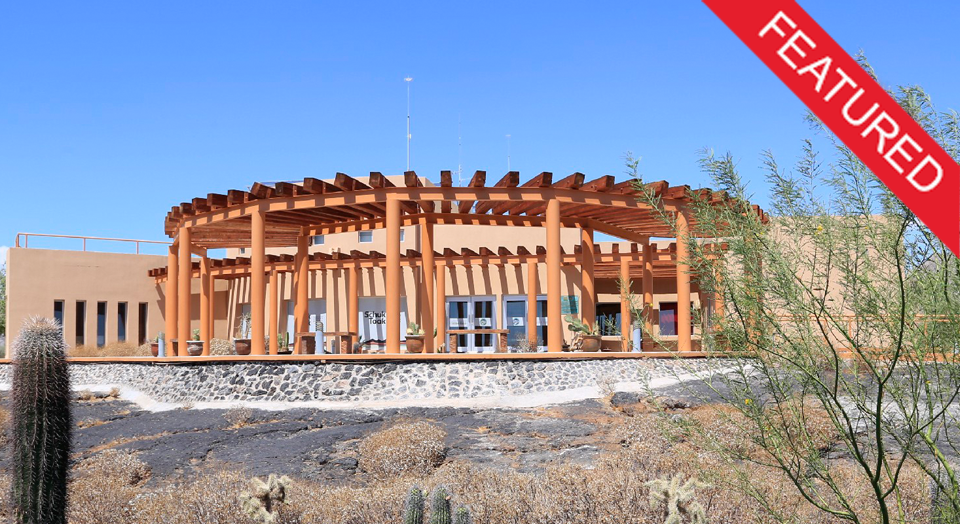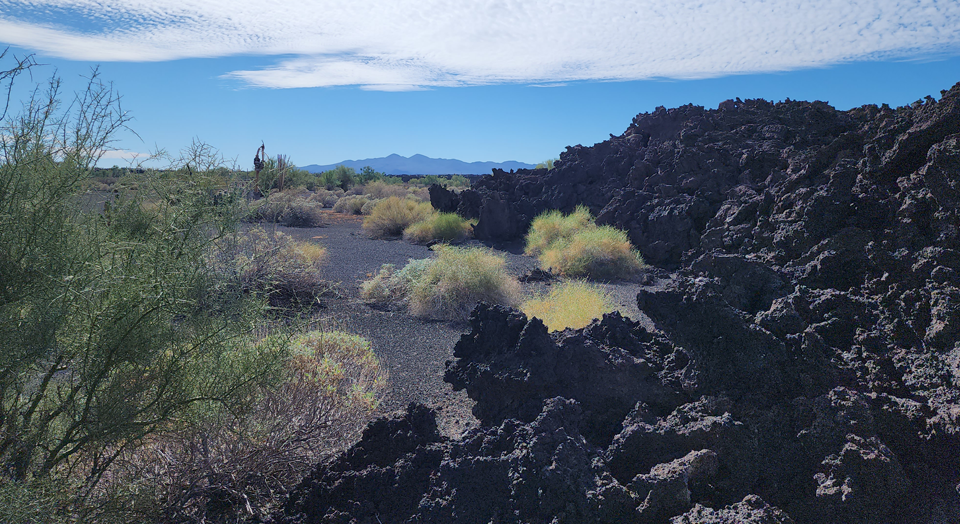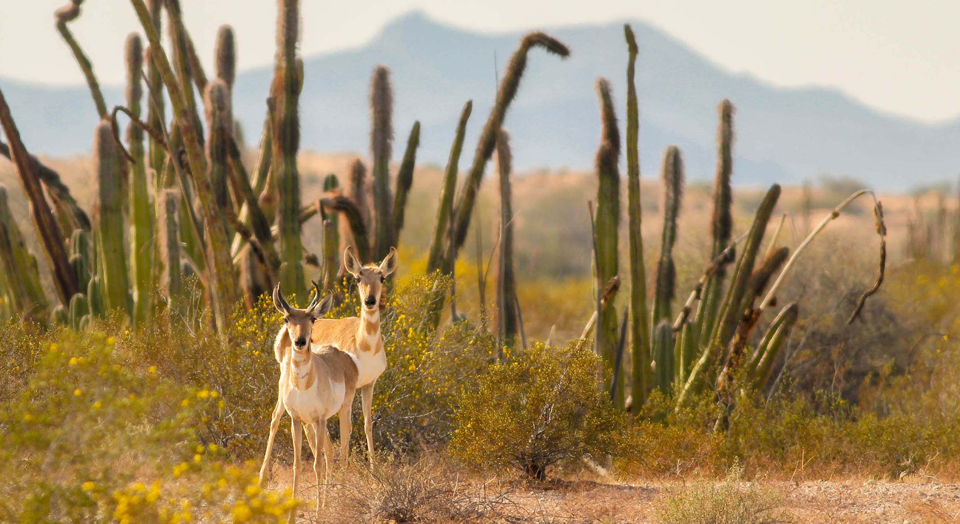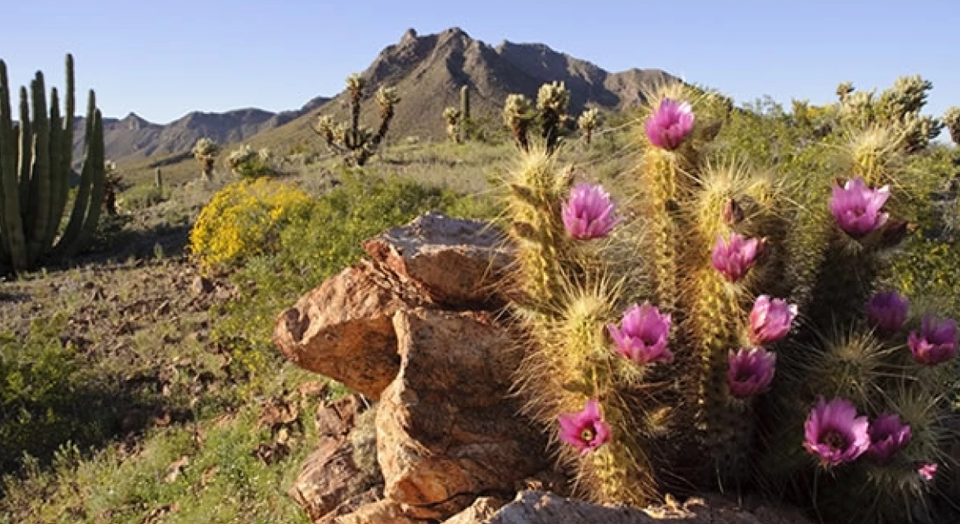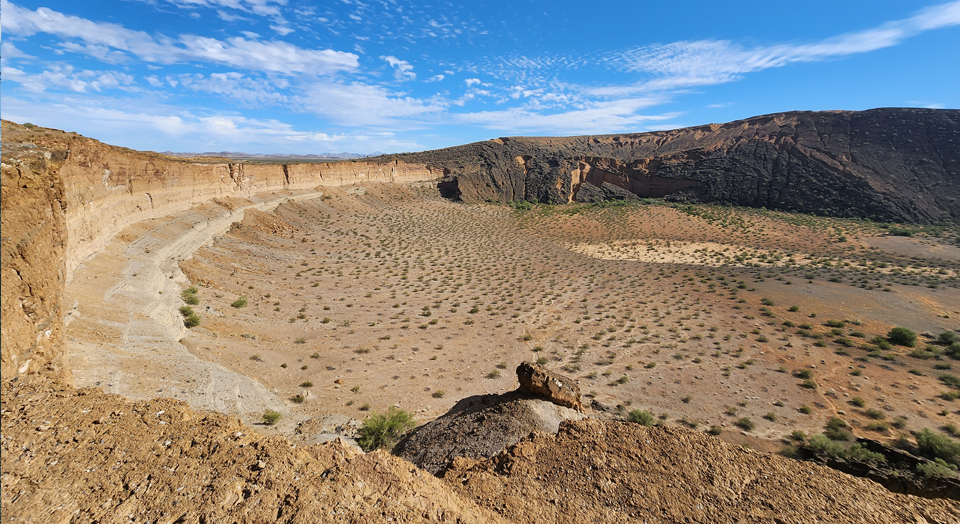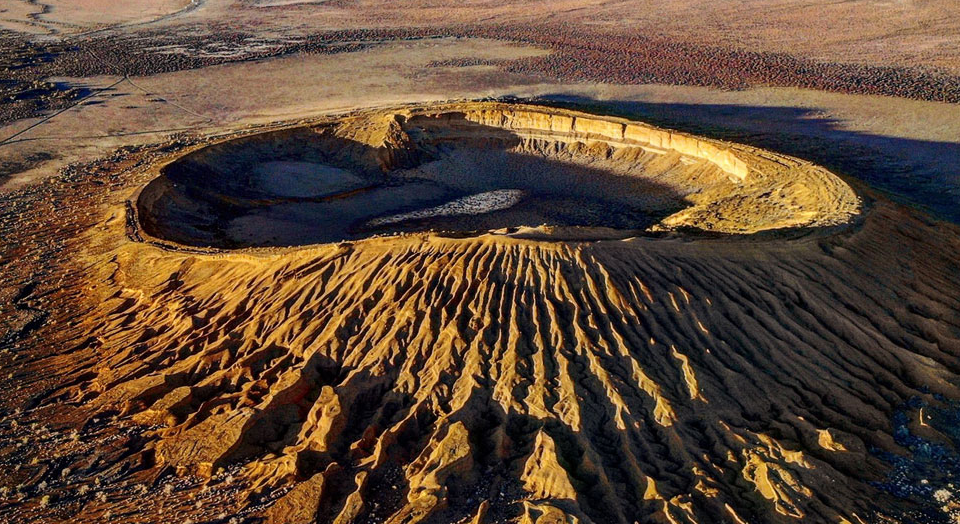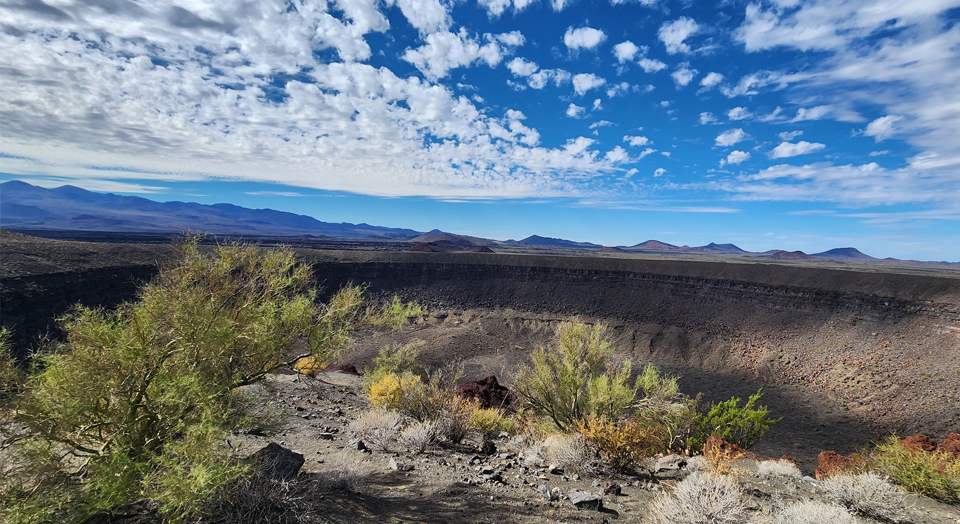Discovering the Pinacate Biosphere Reserve
The Pinacate Biosphere Reserve is located in the Sonoran Desert in northwestern Mexico, near the US border. It is an area of great ecological and geological importance, and has been recognized as a World Heritage Site by UNESCO since 2013.
The reserve covers an area of over 714,000 hectares and is home to a wide variety of plant and animal species, many of which are unique to the region. It is also an important site for geological research, with some of the most unique and well-preserved volcanic landscapes in the world.
Exploring the Reserve
Visitors to the Pinacate Biosphere Reserve have a range of activities to choose from, including hiking, camping, and birdwatching. The reserve also offers guided tours, which are a great way to learn more about the area and its unique features.
One of the most popular attractions in the reserve is the Gran Desierto de Altar, a massive sand dune field that stretches for miles. Visitors can take a guided tour of the dunes, which includes stops at several unique geological formations, such as the El Elegante crater and the Siamese Twin craters.
Another popular activity in the reserve is stargazing. Due to its remote location and lack of light pollution, the Pinacate Biosphere Reserve is an excellent place to observe the night sky. Visitors can take a guided tour of the reserve at night, which includes a telescope and a knowledgeable guide who can help identify the various constellations.
Preserving the Reserve
The Pinacate Biosphere Reserve is an important ecological and geological site, and it is essential that it is preserved for future generations to enjoy. To this end, the reserve has implemented a number of conservation programs aimed at protecting the unique plant and animal species that call it home.
One of the most important conservation programs in the reserve is the protection of the Sonoran Pronghorn, an endangered species of antelope that is found only in the Sonoran Desert. The reserve is also home to a number of other endangered species, including the Desert Bighorn Sheep and the Mexican Gray Wolf.
The Pinacate Biosphere Reserve is a unique and beautiful area that is well worth visiting. Whether you are interested in hiking, camping, birdwatching, or simply enjoying the natural beauty of the desert, the reserve has something for everyone. By taking steps to protect this important ecological and geological site, we can ensure that it remains a source of wonder and inspiration for generations to come.

